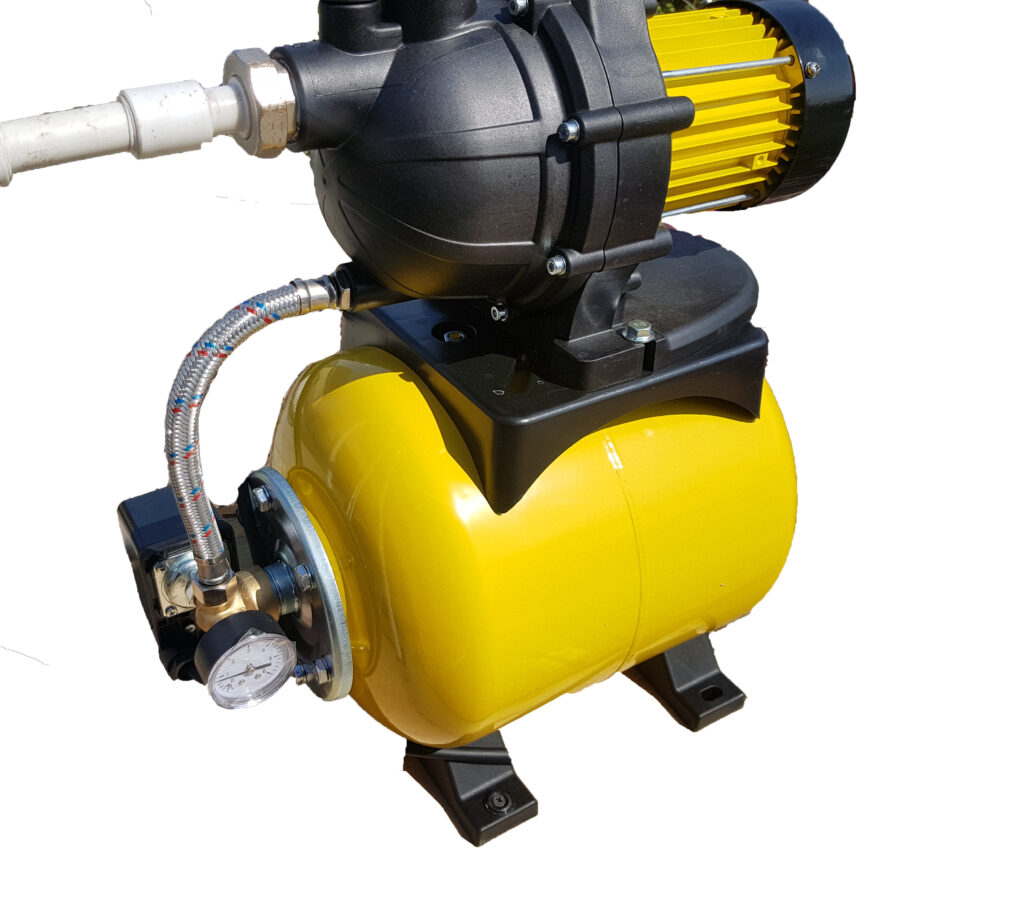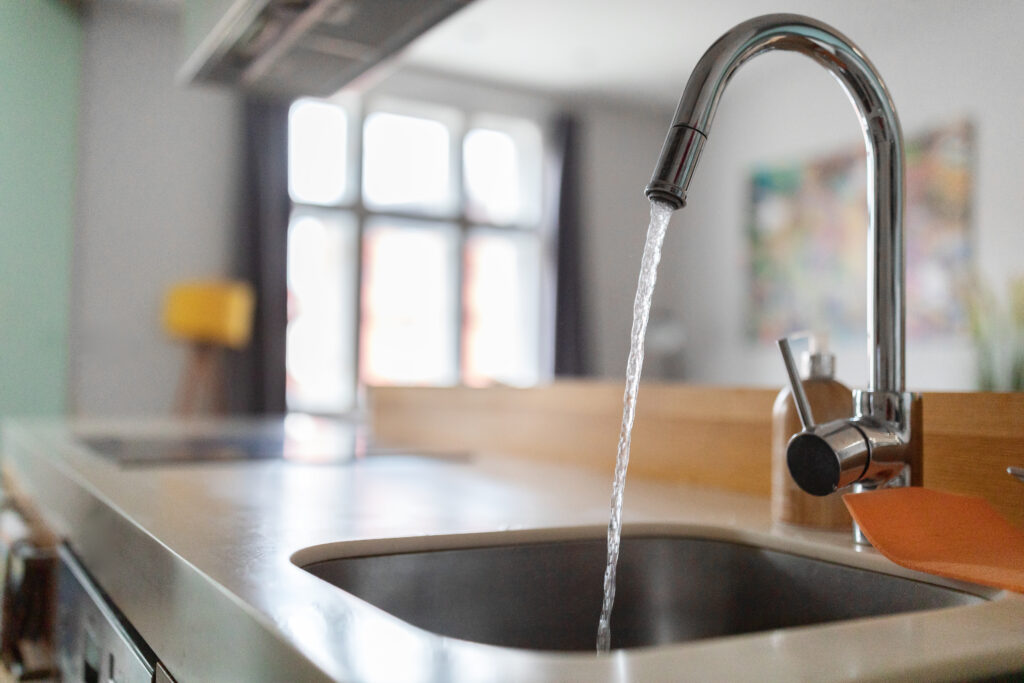A reliable water supply starts deep below the surface, with a system consisting of several critical components working in sync. Whether you’re maintaining a residential or commercial property, having a solid understanding of water well parts isn’t just useful for repairs—it empowers you to maintain a healthy and efficient water system. Understanding the function of each component helps you spot early warning signs and avoid costly repairs.
Water Well Parts
Well Casing
The well casing is the backbone of your well. It’s a durable, long pipe—typically made of steel or PVC—that lines the borehole drilled into the ground. Its primary role is structural: it prevents the surrounding earth from collapsing into the well and protects the water from contaminants like bacteria, sediment, and surface water runoff.
Over time, casings can develop cracks or corrosion depending on the material and local environmental conditions. Damage here isn’t just cosmetic—it can compromise your entire water system. That’s why inspecting the casing regularly, especially after severe weather or ground shifts, is key to maintaining well integrity.
Well Cap
Sitting at the top of the casing is the well cap, which might seem insignificant but plays a vital protective role. It’s designed to seal off the wellhead, keeping out insects, debris, and small animals. It also helps prevent surface water from leaking into the system, which could carry contaminants into your drinking supply.
A secure, tamper-resistant well cap is an often-overlooked defense against contamination. If you ever notice a cracked or loose cap, it’s worth replacing immediately.
Pump (Jet or Submersible)
The pump brings your groundwater up to the surface. The type of pump needed depends on the depth of your well. For shallow wells (typically less than 25 feet deep), jet pumps are mounted above ground and pull water upward. Deeper wells rely on submersible pumps that are installed inside the well casing and push water to the surface.
Choosing the right pump impacts efficiency, maintenance, and energy consumption. The pump is also one of the components where issues commonly arise, from sudden pressure drops to complete loss of water flow.
Pressure Tank
Once the water reaches the surface, it doesn’t go directly to your faucets—it’s stored in a pressure tank. This tank maintains consistent water pressure throughout your home and ensures your pump doesn’t have to run every time you turn on a tap.
Inside, there’s a bladder or diaphragm that separates air from water. As the tank fills, pressure builds until the pump shuts off. When you use water, the pressure drops, triggering the pump to activate again. Pressure tanks can lose pressure or develop bladder issues over time, leading to inconsistent water flow or short-cycling of the pump.
Pressure Switch
The pressure switch works hand-in-hand with the pressure tank. It monitors the pressure level and signals the pump to turn on or off based on preset thresholds.
Although it’s a small component, a faulty switch can throw your entire system off balance. If your water pressure is fluctuating or your pump isn’t cycling properly, the pressure switch may be to blame. Regular testing and timely replacement can prevent costly interruptions.

Drop Pipe
The drop pipe is exactly what it sounds like—a pipe that “drops” from the wellhead down to the pump. It carries water from the pump to your plumbing system and plays a crucial role in the overall performance of your well.
Because this pipe is constantly under pressure, it must be durable and well-secured. If it cracks or disconnects, you could lose water pressure or contaminate your supply. If the well pump is replaced, the drop pipe should also be checked for wear or corrosion.
Pitless Adapter
In colder climates, protecting the water line from freezing is essential. That’s where the pitless adapter comes in. It allows the water to exit the well casing below the frost line and connect to the plumbing system without exposing pipes to freezing temperatures.
This adapter also creates a sealed, sanitary connection, eliminating the need for a well pit, which can be prone to flooding and contamination. It’s a simple but effective solution for long-term performance and safety.
Screen or Filter
Located at the very bottom of the well, the screen or filter acts as the first line of defense against sediment and debris. It prevents sand, silt, and other particles from entering the water supply and damaging internal components.
Over time, screens can become clogged, restricting flow and reducing pump efficiency. If your water looks cloudy or you’re experiencing reduced output, it may be time to check the screen and see if it needs to be replaced.
Control Box (for Submersible Pumps)
Some deep well systems include a control box—an external device that helps regulate pump operation. It contains capacitors and relays that start and stop the motor, ensuring smooth performance and energy efficiency.
If your pump isn’t starting properly or there are frequent cycling issues, a malfunctioning control box could be the culprit. It’s best diagnosed and repaired by a qualified technician.
Count on the Water Well Experts
At Waterways Water Service, we specialize in well installation, maintenance, and repair. We understand how important it is to have clean, reliable water and offer prompt, professional service tailored to your system’s needs. From low water pressure to pump failure, we’ve seen it all and are ready to get your system back to peak performance.
Have questions or need service? We’re here to help. Contact Waterways Water Service today.

Water Well Parts FAQs
What are the different parts of a water well system?
Water well parts include the well casing, well cap, pump (jet or submersible), pressure tank, pressure switch, drop pipe, pitless adapter, screen or filter, and control box (for some systems).
How do I know if my well pump is failing?
Signs of a failing pump include low water pressure, strange noises, air sputtering from faucets, or sudden loss of water. These may indicate the need for repair or replacement.
Why is the pressure tank important in a well system?
The pressure tank stores water and regulates pressure throughout your home. It reduces wear on the pump by preventing it from turning on every time you use water.
What does a pitless adapter do?
A pitless adapter connects the well casing to your home’s plumbing system below the frost line. It protects pipes from freezing and creates a sealed, sanitary connection.
How often should a water well be inspected?
It’s recommended that a water well system be inspected annually. Regular checks can help detect worn components early and prevent system failure or water contamination.
Can I replace well parts myself?
Some maintenance tasks are manageable, but most water well parts should be inspected, repaired, or replaced by a licensed technician to ensure safety and system reliability.

